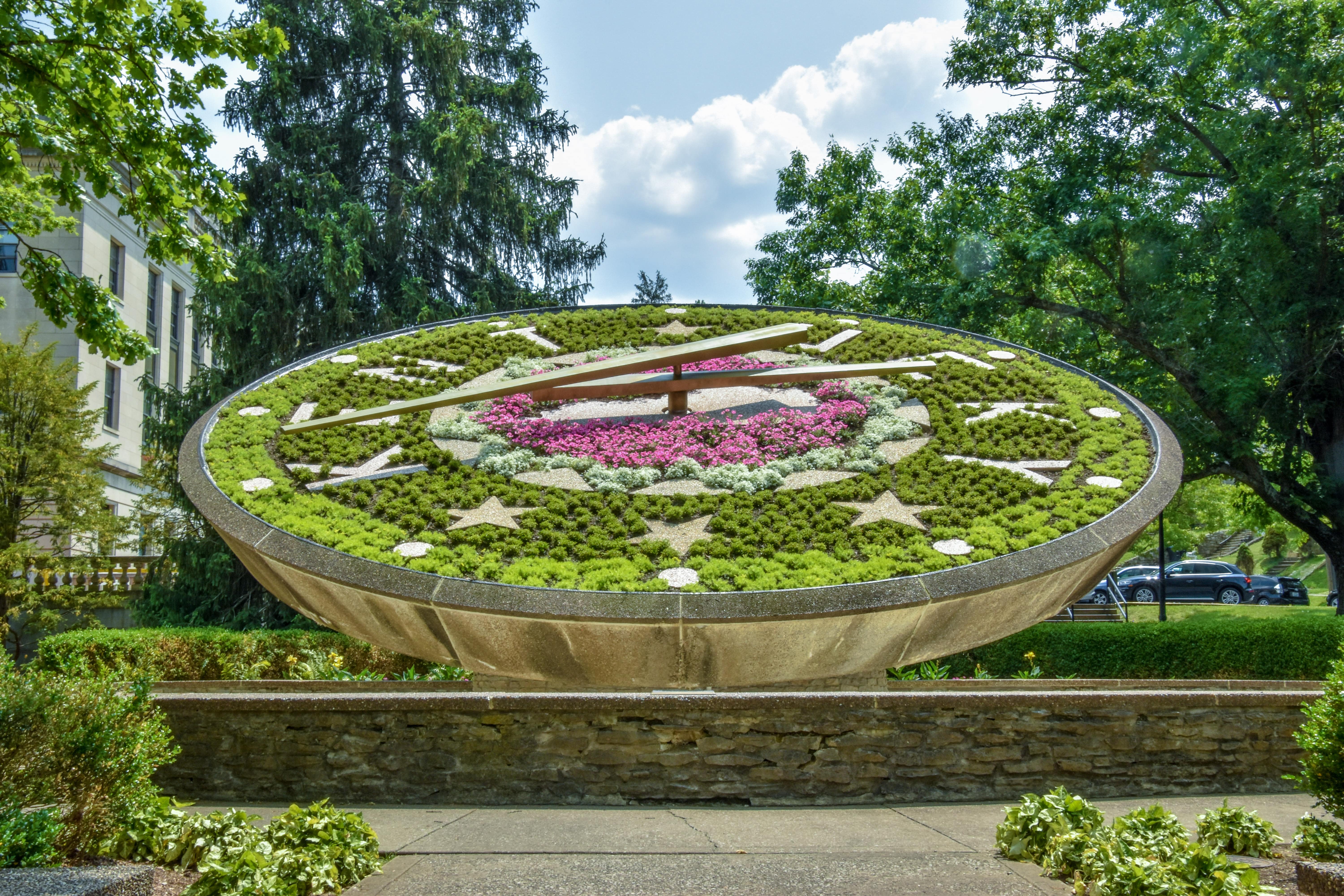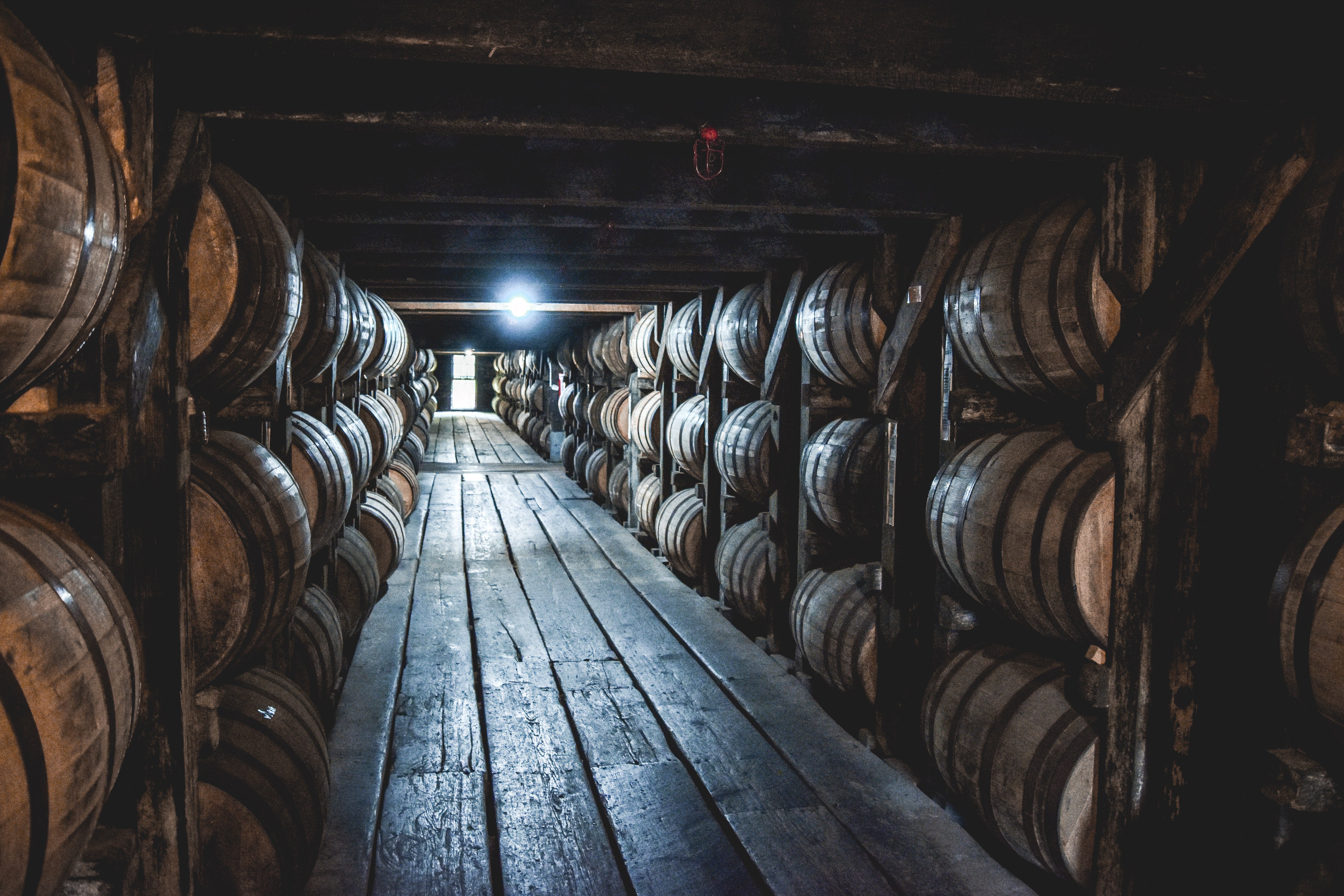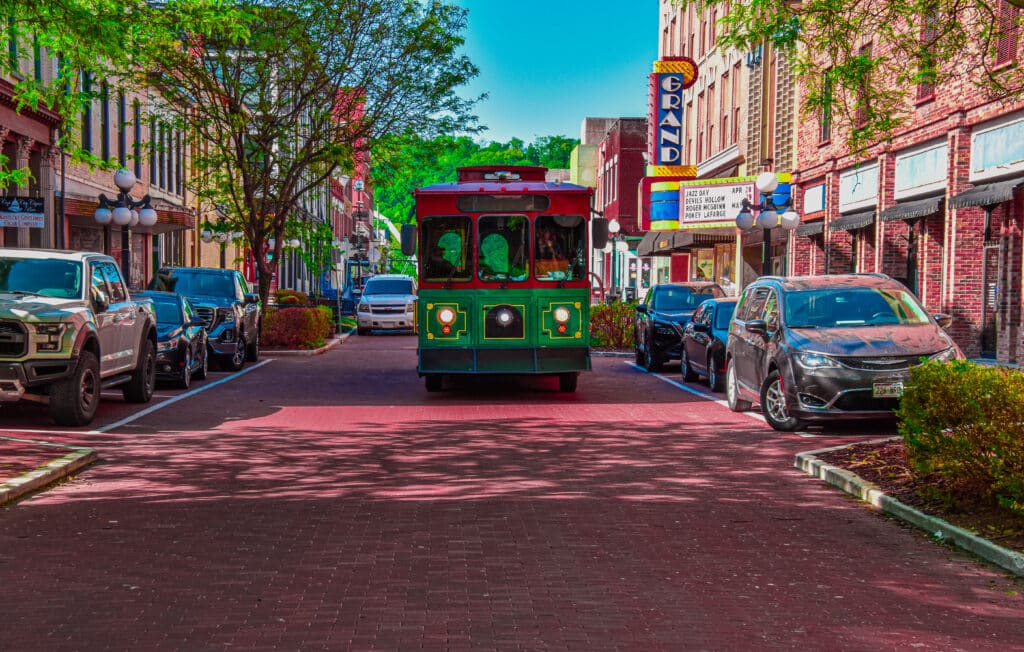For a small town, Frankfort has quite a tapestry woven of fascinating facts. By now, many know that the homes of the man who first planted Bibb lettuce and the gent who introduced the phrase, “A dog is man’s best friend” are located here.
But other factoids are more obscure. For example, did you know that during the Civil War, Morgan’s Raiders attacked Frankfort, but were talked out of burning down its picturesque covered bridge by the pleas of eloquent townspeople?
Or that the Ziegler House at 509 Shelby Street, designed by Frank Lloyd Wright in his prairie style, is the only house built in Kentucky during the architect’s lifetime?
Or that part of the 1965 movie “The Great Race” was filmed at Buffalo Trace, and that one of the film’s stars, Jack Lemmon, liked to hang out at a pool hall where the Brick Alley bourbon bar now stands?
Visitors to Frankfort can hear all these interesting stories and many more on the city’s free 45-minute trolley tour in operation Tuesday through Saturday from April through October.
The Frankfort Visitor Center, one of the stops on the Trolley Tour, has a map showing all the stops and a guide with descriptions of the attractions.
Please note: As the trolley operates on a continuous loop, visitors can catch it as the Visitors Center or any of the other stops it makes.
The red and green trolley with retired firefighter and amateur historian John Unger as driver/guide makes eight trips daily with 21 stops along the route. At any of the stops, visitors can get off and explore before hopping back on board the trolley.

En route, Unger regales passengers with stories of what they can expect to see on the stops.
Before getting off to inspect the iconic Floral Clock at the Governor’s Mansion, they learn that it dates back to the administration of Governor Bert Combs who, following a trip to Edinburgh, Scotland and seeing that city’s clock, decided Frankfort should have its own version.
Dedicated in 1961, the clock has a face composed of 100,000 plants grown in greenhouses on the capitol grounds.
The beautiful clock, with its 15-foot-long hour hand and 20-foot-long minute hand is today, one of Frankfort’s most popular visitor attractions, but when it was first unveiled, it was mocked by many of Combs’s short-sighted political foes who referred to it as “Big Bert” – a reference to London’s Big Ben.

One of Combs’s most outspoken opponents, former governor A.B. “Happy” Chandler, was especially critical, saying you knew it was 2:30 in Frankfort when it was “two petunias past the jimson weed.”
After viewing the clock, the trolley takes visitors past the Kentucky State Capitol building where, Unger notes, in 1964, Martin Luther King, with baseball great Jackie Robinson by his side, marched to promote racial harmony.
Passing the elegant Governor’s Mansion, he explains to passengers that it was modeled after the Trianon Palace, Marie Antoinette’s home at Versailles.
As the trolley goes down beautifully landscaped Capital Avenue, it stops at the Rebecca Ruth Candy factory, where visitors can get off for a tour and a sampling of the commonwealth’s favorite candy. If you’ve never tasted a bourbon ball, this is your chance.
The trolley next makes its way to the downtown area and historic district where most of Frankfort’s attractions are concentrated.
In the former, visitors can get off at two museums of note, the Capital City Museum and the Thomas D. Clark Center for Kentucky History, an affiliate of the Smithsonian.
At the Capital City Museum, a favorite exhibit is also the most grisly – a recreation of the deathbed scene of 19th century governor William Goebel, felled by an assassin’s bullet four days after his inauguration – the only U.S. governor ever to be assassinated.
On display at the Clark Center is Abraham Lincoln’s pocket watch. When director Steven Spielberg was researching material for his film “Lincoln,” he visited the museum to examine the watch and was surprised to find it still ticking away.
Other historic sites on the trolley tour include the Greek Revival-style Old State Capitol Building, and the Old Governor’s Mansion, one of the oldest executive residences in the country. Both buildings are on the National Register of Historic Buildings.

When Unger talks about Frankfort’s history, he is at his most animated. Taking trolley passengers through the historic district, he points out two houses – the Orlando Brown House and Liberty Hall – that were important not only to Kentucky’s history, but to that of the United States as well.
When he reaches what was the home of John J. Crittenden, a former U.S. Representative, Senator and Attorney General, as well as the 17th governor of Kentucky, he talks about Crittenden’s importance as the author of the Crittenden Compromise.
“The series of resolutions and constitutional amendments which he wrote in 1860 in hope of averting the Civil War failed to win approval from Congress,” he says.
The failure held a more personal sting for Crittenden as his son George became a general in the Confederate army, while another son Thomas served as a general in the Union army.
Both of his sons survived war fare, but his grandson wasn’t so fortunate. John Jordan Crittenden, Thomas’s son, served with George Armstrong Custer’s 7th Cavalry and was killed at the Battle of the Little Bighorn.
Leaving Frankfort’s downtown area, the trolley makes a loop through Buffalo Trace Distillery, the oldest continuously operating distillery in the U.S., having distilled award-winning spirits for more than 200 years.

From bourbon and beautiful architecture to Civil War history and political shenanigans, the Frankfort Trolley Tour provides visitors with an insight into what makes Kentucky’s capital city so fascinating.

